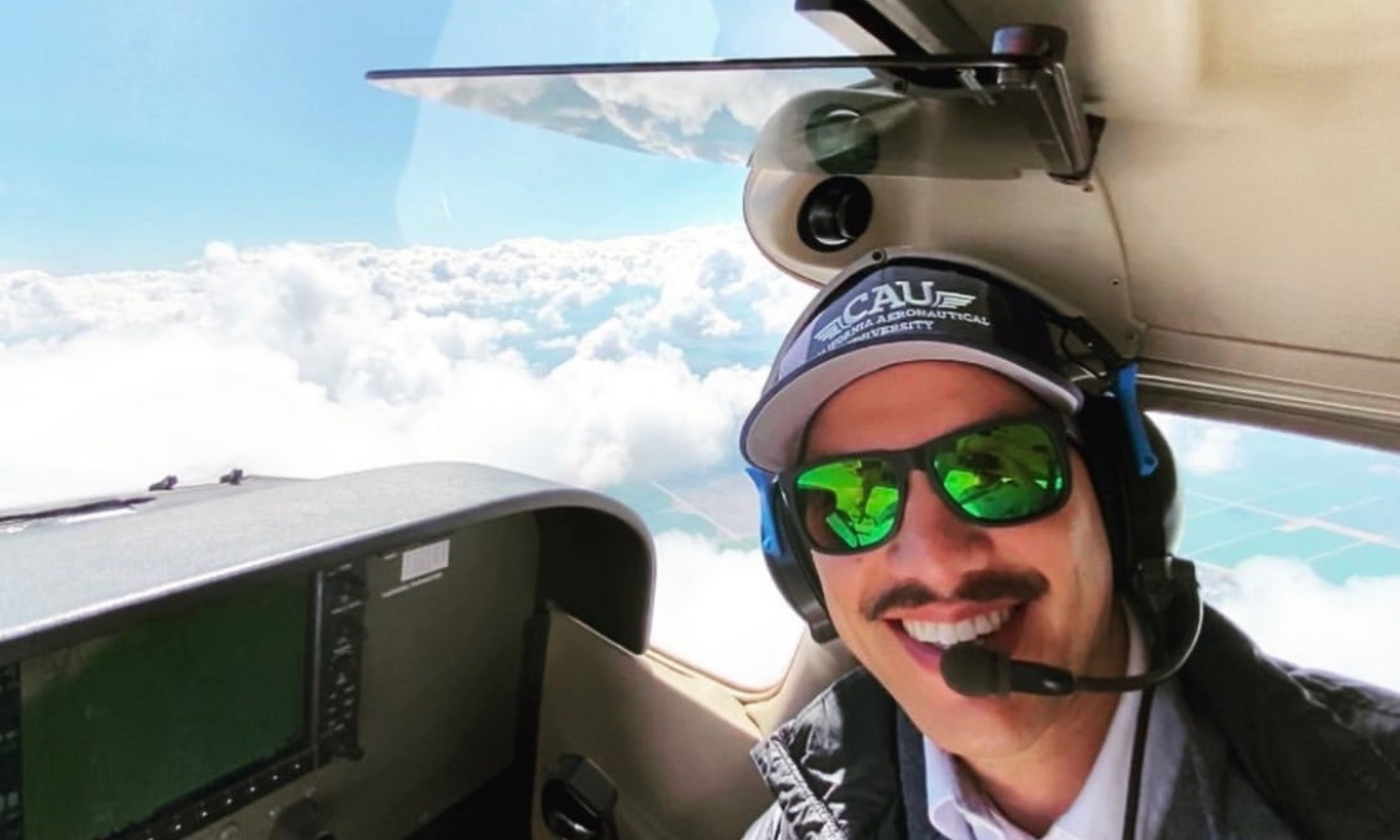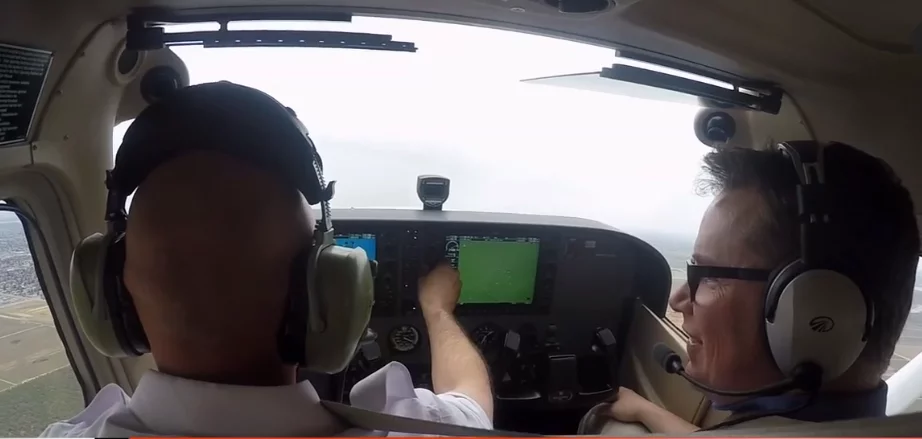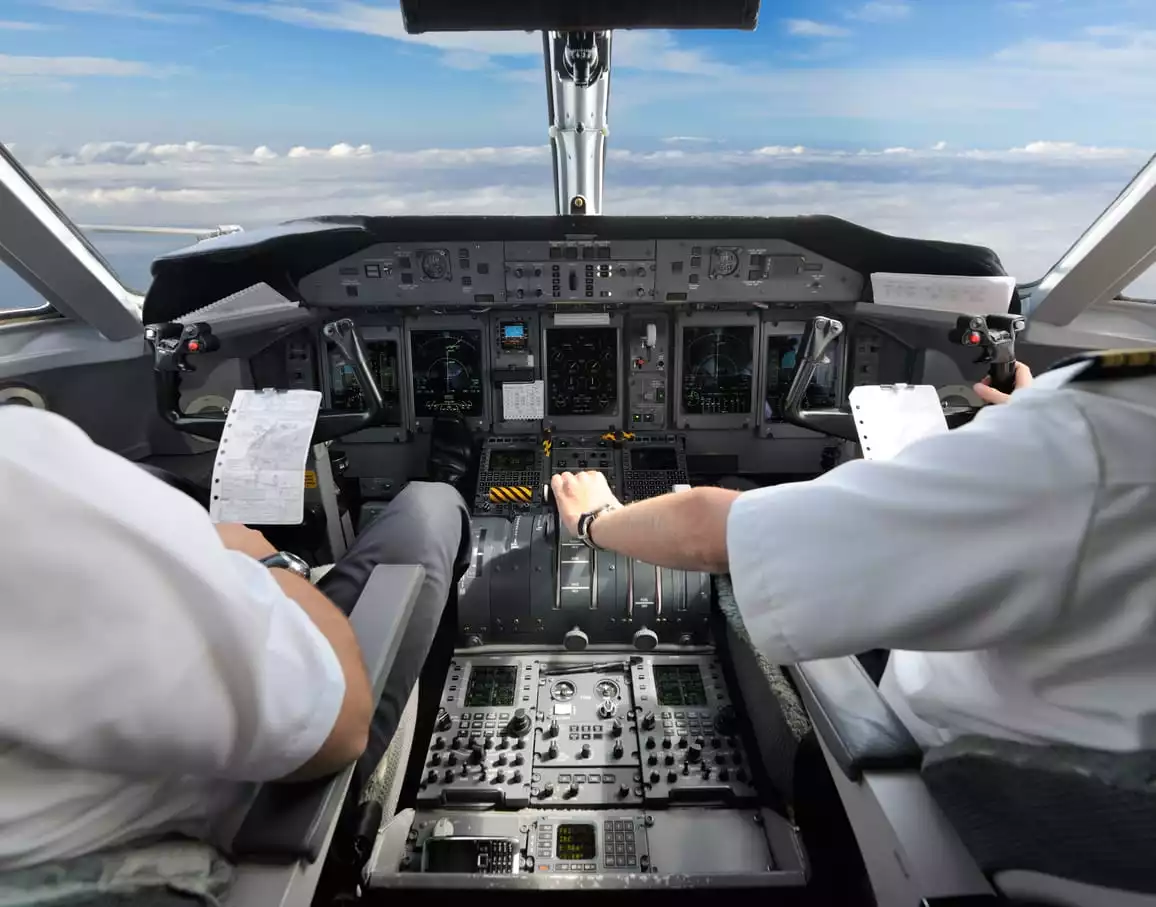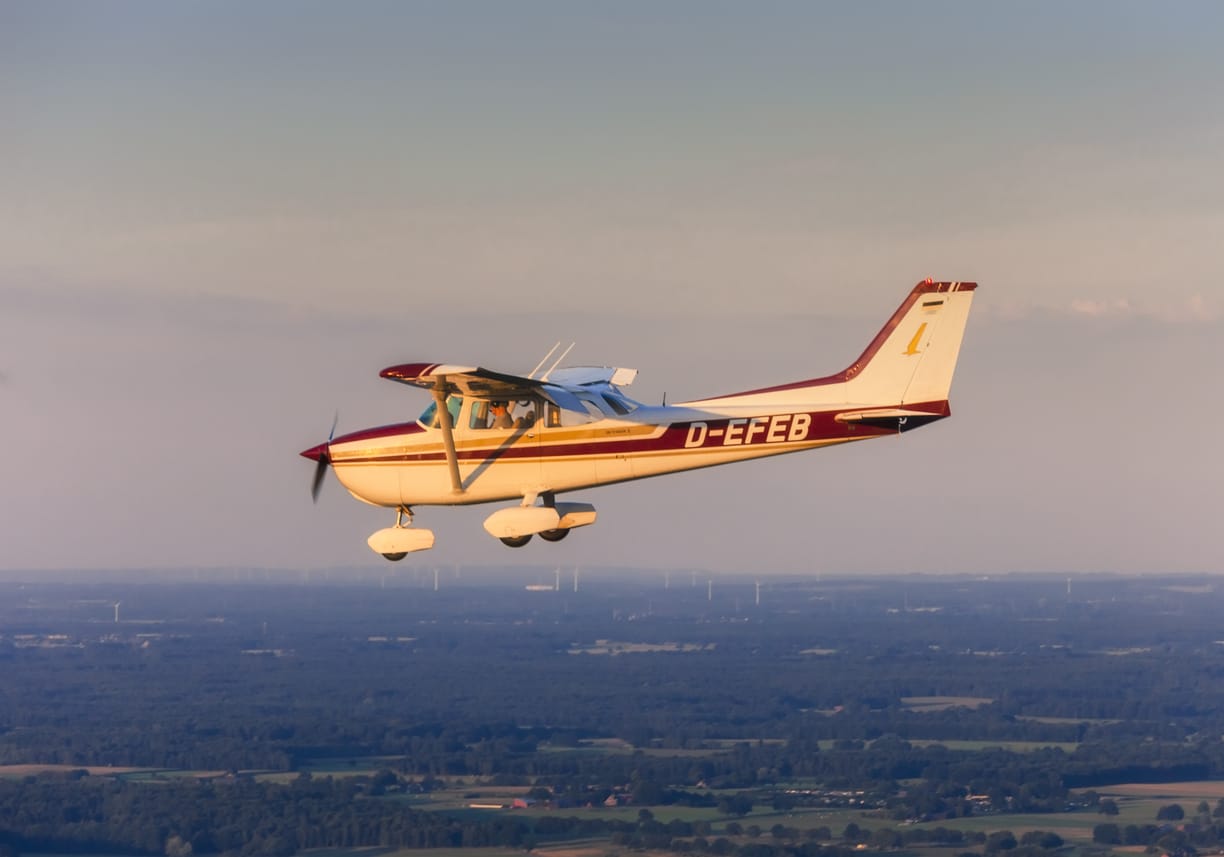Aeronautical decision making is essential to safe aviation and pilots. Here are 3 aspects of ADM that every student pilot should understand.
[lwptoc numeration=”none” titleFontSize=”30px” itemsFontSize=”19px”]
A good pilot is a decisive one. This does not mean that snap judgements are made based on first impressions. Instead, aeronautical decision making (ADM) is a matter of weighing all the information a pilot has on hand. It is the process of the pilot combining his or her professional judgement, experience, input from crew members, and data from onboard systems.
While circumstances can change from moment to moment, and more information can shift the scenario, pilots in command (PIC) must have the ability to balance all this information to render decisions on an intuitive and professional level. Good aeronautical decision making is essential to aviation safety.
Five Hazardous Attitudes of Aeronautical Decision Making
In its ADM training material for pilots, the Federal Aviation Administration (FAA) identifies five dangerous thought processes for pilots to bring into flight planning and the cockpit itself. It also recommends checks on these attitudes. Since not all pilots will have thousands of hours of experience, and even those who do must ensure responsible decision making, the FAA cautions pilots to be wary of these thought patterns, and to carefully confront them with another perspective.
1) Anti-Authority:
Some pilots are resentful of authority and do not want to feel as if they are “told what to do.” They prefer to rely solely on their own judgement. While personal experience can feed into proper aeronautical decision making, regulations and procedures are in place for a reason, and should not be deviated from unless a safer route is justified. For the most part, following the rules of aviation helps to save time, overcome inertia or shock in an emergency, and provide the pilot with professional defense in the aftermath.
2) Impulsivity:
The Hollywood image of a hotshot pilot is one who reacts solely on spur of the moment thinking and who always triumphs above the rules. This kind of attitude is hazardous, and can result in real danger for the pilot and others. While top aviators tend have fast physical reaction time, particularly fighter pilots, this does not mean flailing into action simply to “do something.” Good pilots know that they “respond, not react.” Stopping to assess the situation and think about the circumstances and potential outcomes of various actions can help the PIC to choose the best response.
For example, when Apollo astronaut Jim Lovell, who came to NASA as a test pilot, was commanding the Apollo 13 mission and his reaction to an emergency aboard his spacecraft helped to bring both him and his crew home. After an explosion crippled their vehicle, Lovell purposely stopped for a moment in the immediate aftermath to look about and assess the situation, because “bouncing off the walls for 15 minutes” would not help fix the problem, and would instead delay repair and levelheaded action. Lovell was an excellent commander because he practiced wise aeronautical decision making.
3) Invulnerability:
Thinking that “it won’t happen to me” quickly leads pilots into dangerous conditions. While experience is important and confidence is a must in the cockpit, thinking of oneself as impermeable to accidents or near-misses can lead to risky behavior. Accepting the reality of mechanical failures, weather hazards, and errors in judgement is part of fully understanding any situation. Just because a pilot managed to successfully navigate a line of severe thunderstorms last week does not mean he or she can do so today.
4) “I can do anything.”:
Positive self-talk and healthy self-esteem are essential for success in aviation. People who do not push themselves or who are not ready to meet a challenge usually do not last long in pilot training. However, there is a distinct difference between “Nothing can touch me” and “There’s no need to take unnecessary chances.” Pilots who suffer from this attitude sometimes place themselves in hazardous conditions for no reason at all except to assuage their egos.
5) Resignation:
This is the dangerous opposite of a sense of invulnerability. Pilots who think this way are terrified of speaking up against unwise or unsafe behavior, which is a major contributor to an unhealthy safety culture. In the midst of an emergency, simply submitting to the situation is as deadly as panicking and hitting buttons at random. Pilots with an agile sense of self-worth understand that they can make a difference for the better—that their training, experience, input, and even questions are valuable.
Assessing Risk
The best way out of an emergency is to plan for one. Of course, when the crew of the “Miracle on the Hudson” settled into their flight that day, they had no notion that an entire flock of geese would damage both engines of their aircraft and they would end the flight by gliding into the Hudson River. Sometimes the improbable does take place, but it is important to judge between a probable event and an improbable one.
Good aeronautical decision making judgement can weigh a situation and know when to put a stop to a potential accident chain. For example, if a fairly new private pilot does not have their instrument rating and sees clouds building on the horizon, he or she knows to look carefully at current weather information about whether or not it is a good idea to continue with a scheduled flight. This is especially true for pilots who have not yet logged a great deal of time as pilot in command.
Human Factors
An entire subgenre of aviation is dedicated to human factors. This involves psychology, self-awareness, and the continuing study of how human beings interact with technology and others in the unique environment of aviation. Good aeronautical decision making understands these factors.
It involves honestly assessing oneself (“Am I flying distracted, overly tired, angry, or under undue pressure to take the flight in unsafe conditions?”) as well as the equipment (“Is this aircraft actually airworthy, or just ‘good enough?’ Am I hoping all goes well, or do I have a reasonable expectation that I can rely on this equipment?”) Remembering that crew resource management also involves managing a crew of one can save lives and keep everyone involved in aviation safe.
Ready to soar in your aviation career?
Mr. Matthew A. Johnston has over 23 years of experience serving various roles in education and is currently serving as the President of California Aeronautical University. He maintains memberships and is a supporting participant with several aviation promoting and advocacy associations including University Aviation Association (UAA), Regional Airline Association (RAA), AOPA, NBAA, and EAA with the Young Eagles program. He is proud of his collaboration with airlines, aviation businesses and individual aviation professionals who are working with him to develop California Aeronautical University as a leader in educating aviation professionals.



